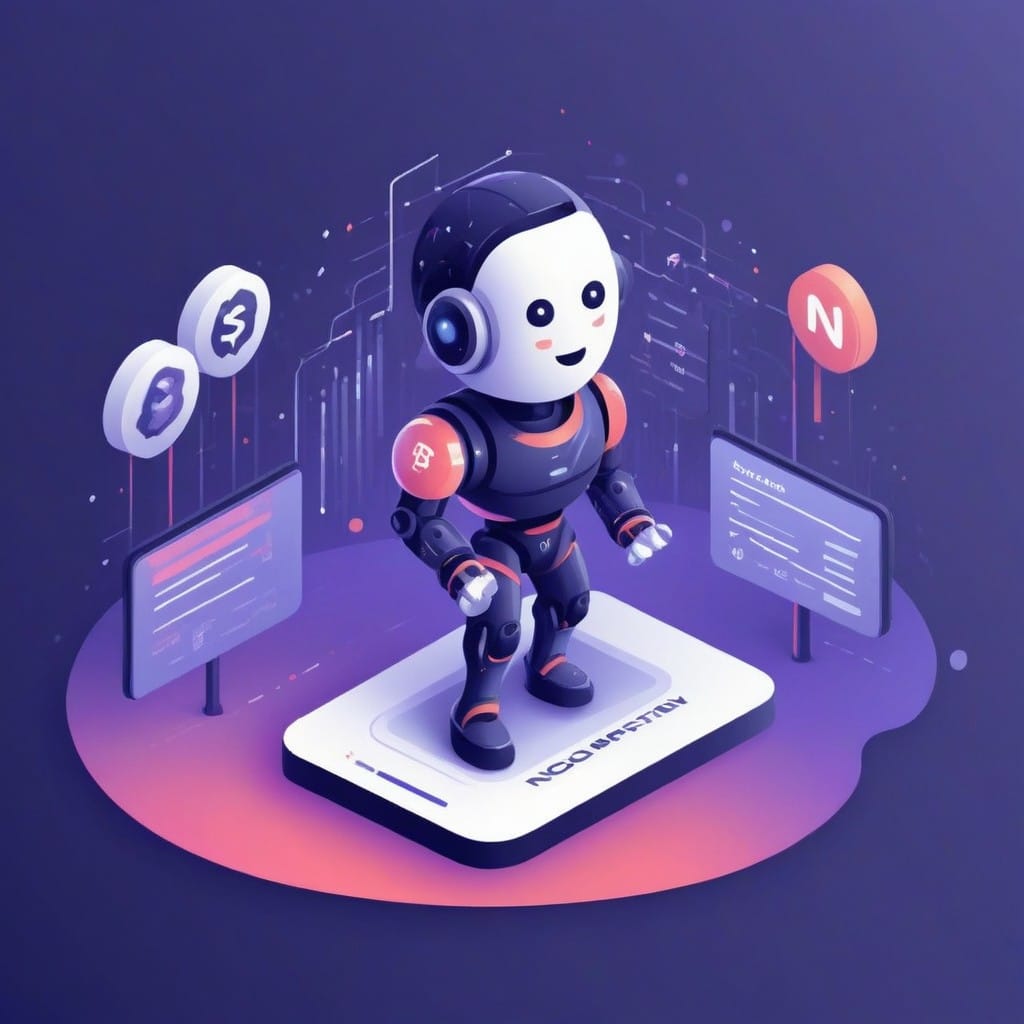AI-Powered Competitor Price Scraping with n8n: Boost Your Pricing Strategy

In today’s competitive e-commerce landscape, staying ahead of your rivals requires real-time insights into their pricing strategies. Manually tracking competitor prices is time-consuming and inefficient—this is where AI-powered price scraping with n8n comes in. By automating data collection and analysis, you can make smarter pricing decisions, optimize profit margins, and enhance your market positioning.
Why Competitor Price Scraping Matters
Competitor price monitoring helps businesses:
- Adjust pricing dynamically to stay competitive.
- Identify trends in market pricing and promotions.
- Optimize profit margins by benchmarking against competitors.
- Improve customer retention by offering better deals.
Traditional methods involve manual checks or expensive third-party tools, but with n8n—an open-source workflow automation tool—you can build a cost-effective, AI-enhanced scraping solution.
How n8n Simplifies Price Scraping
n8n is a powerful, low-code automation platform that lets you connect APIs, scrape websites, and process data without deep technical expertise. By combining n8n with AI, you can:
- Extract pricing data from competitor websites.
- Clean and analyze scraped data for actionable insights.
- Trigger automated actions, like adjusting your prices in response to market changes.
Step-by-Step: Building a Price Scraping Workflow in n8n
1. Set Up Your n8n Environment
- Install n8n locally or use its cloud version.
- Ensure you have necessary permissions to scrape target websites (check robots.txt and terms of service).
2. Scrape Competitor Prices
Use n8n’s HTTP Request or Webhook nodes to fetch product pages. For dynamic sites (e.g., those using JavaScript), integrate a Headless Browser node (like Puppeteer) to render pages before extraction.
3. Parse Data with AI
Raw HTML data is messy. Use AI tools (like OpenAI’s GPT or a custom ML model) to:
- Extract product names, prices, and discounts accurately.
- Categorize products for better comparison.
- Detect anomalies (e.g., sudden price drops).
4. Store and Analyze Data
Send scraped data to a database (PostgreSQL, Airtable) or a spreadsheet (Google Sheets). Use n8n’s Function node to:
- Compare prices against your own.
- Calculate optimal price adjustments.
5. Automate Responses
Trigger actions based on insights:
- Alert your team via Slack/Email if a competitor undercuts you.
- Update your pricing via Shopify or WooCommerce APIs.
Ethical Considerations & Best Practices
- Respect robots.txt: Avoid scraping restricted pages.
- Limit request frequency to prevent overloading servers.
- Use proxies to avoid IP bans.
- Comply with data privacy laws (GDPR, CCPA).
Enhancing Scraping with AI
AI improves price scraping by:
- Handling unstructured data (e.g., extracting prices from varied HTML structures).
- Predicting trends using historical data.
- Reducing false positives in price detection.
For example, train a model to recognize discount labels (“50% off”) or bundle deals, ensuring your data reflects true competitor pricing.
Conclusion
AI-powered competitor price scraping with n8n gives businesses a real-time edge in pricing strategy. By automating data collection, cleaning, and analysis, you can react faster to market changes, maximize profits, and outperform competitors—all without breaking the bank.
Ready to get started? Deploy your first n8n workflow today and turn competitor data into a strategic advantage!
Would you like a more detailed tutorial on any specific step? Let me know how I can refine this guide for your needs!



